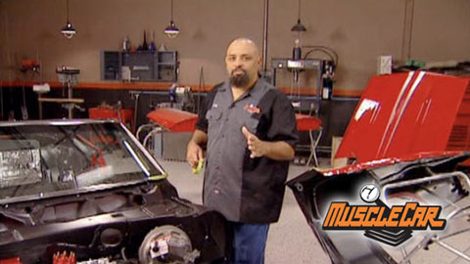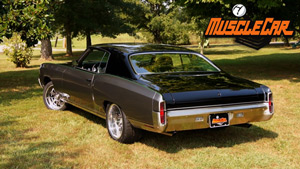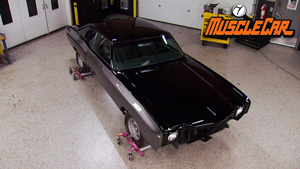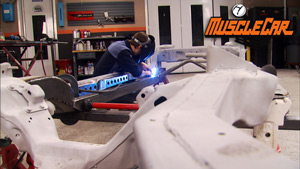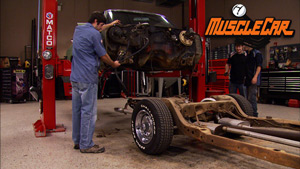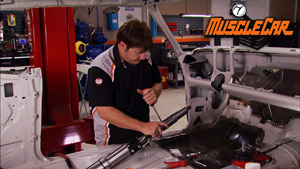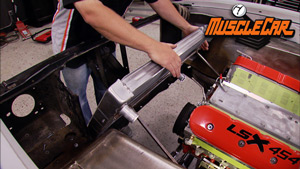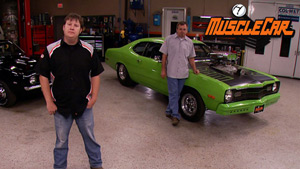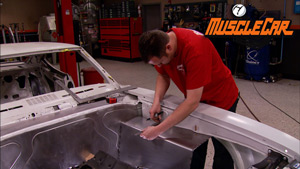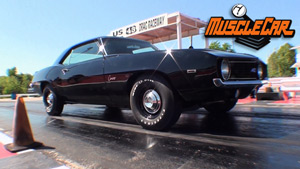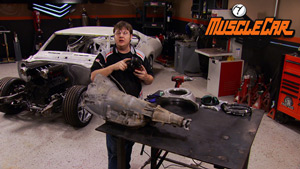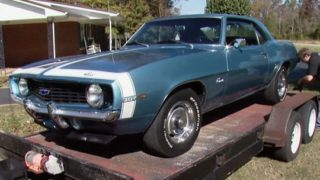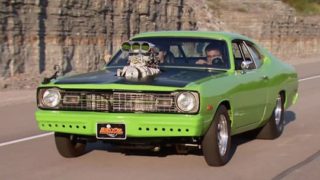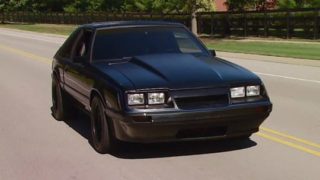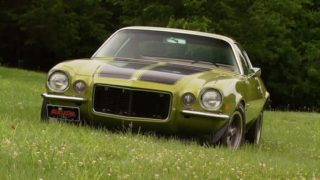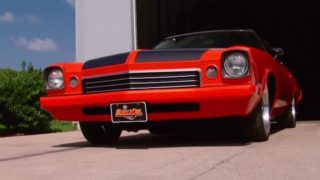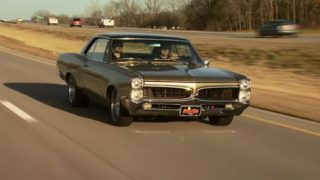MuscleCar Builds
Want more content like this?
Join the PowerNation Email NewsletterParts Used In This Episode
BF Goodrich
Billet Rally Wheels, Radford B-F-G G-Force T-A-K-D-W's Front 225/45 ZR17 904 Rear 285/40 ZR18 1014.
BF Goodrich
ZZ4 350 Crate Motor with 355HP/400lbs torque.
Denny's Driveshaft
Driveshaft
Edelbrock
Endruashine Thunder Series AVS 650 CFM.
Flaming River
Billet U-Joint
Flaming River
Brushed Stainless Adjustable Column.
PPG
Green Tint Windsheild
Russell Performance
Hard Line Brake Line with Fuel Filter.
Vintage Air
A/C Sure Fit Kit includes all the Hoses, Fan, Heater Box, Condenser, all the Plumbing Hardware and Compressor.
Vintage Air
Front Runner Sperpentine Drive.
YearOne
1969 Crate Camaro
